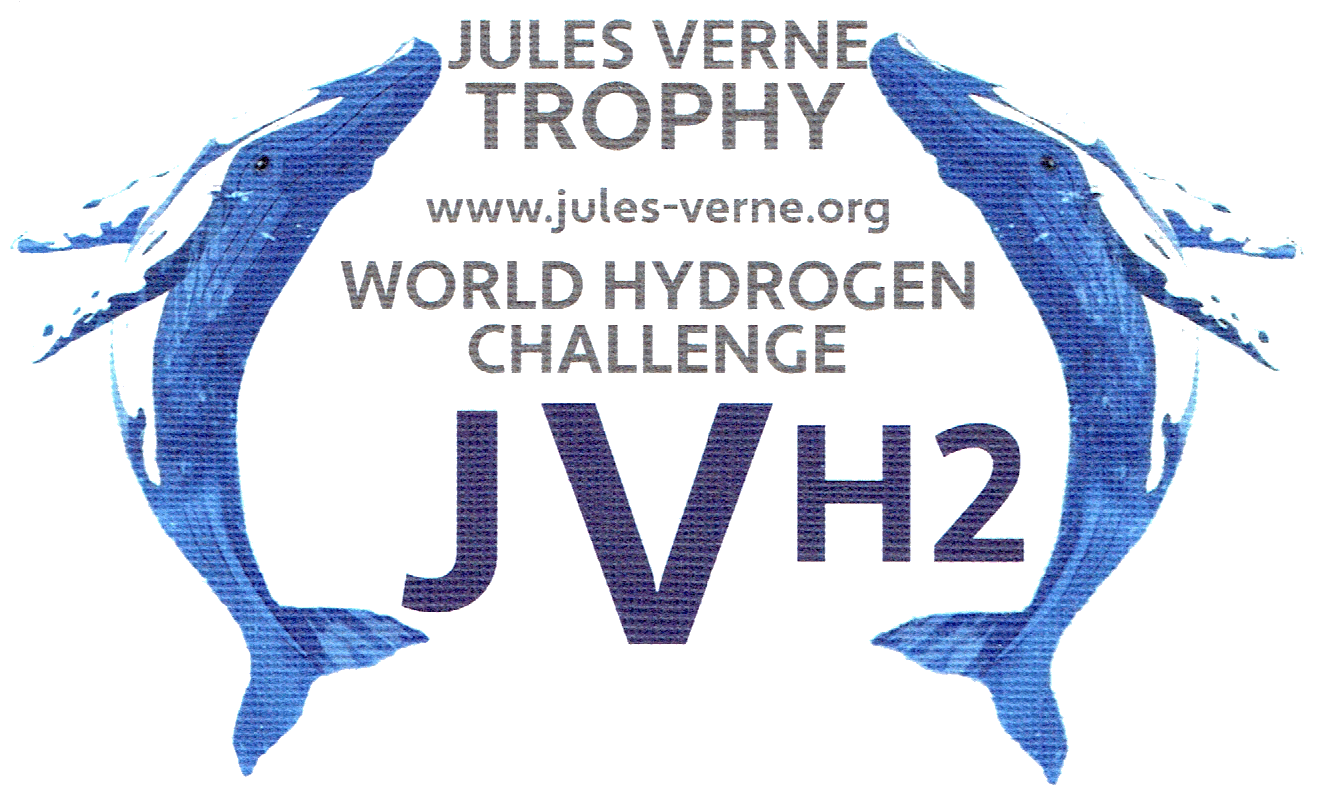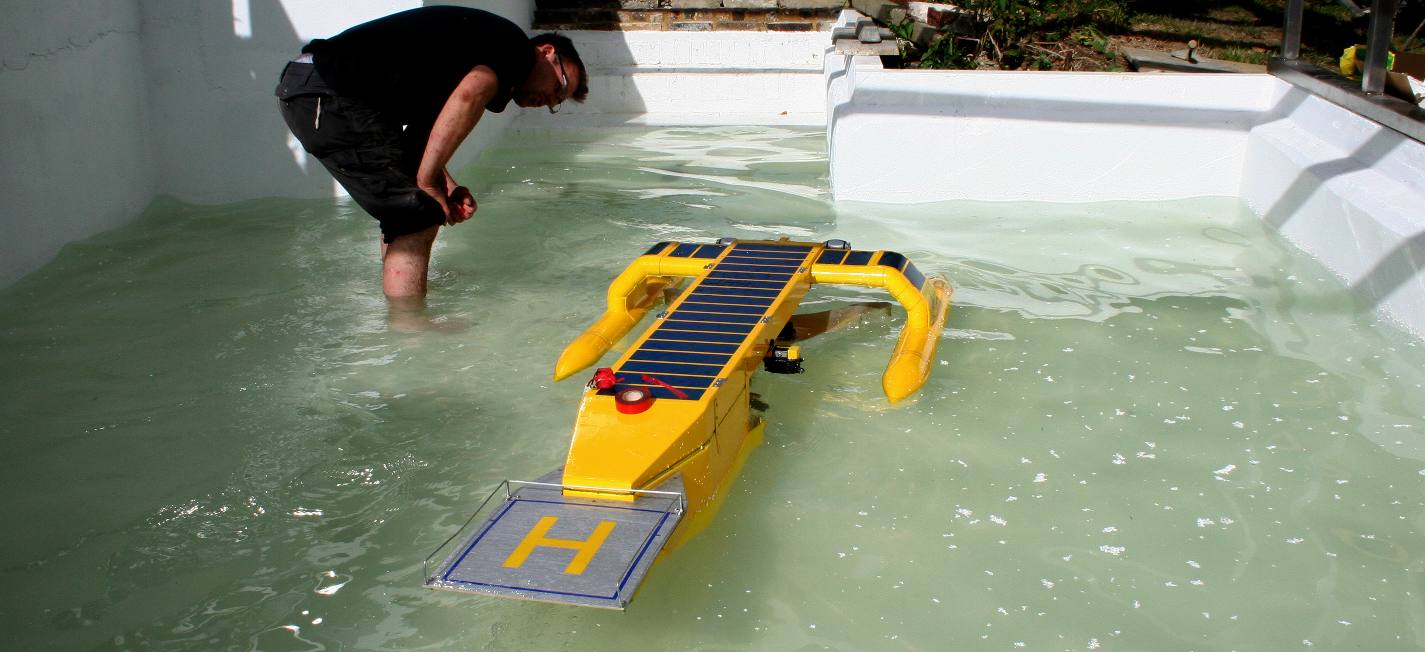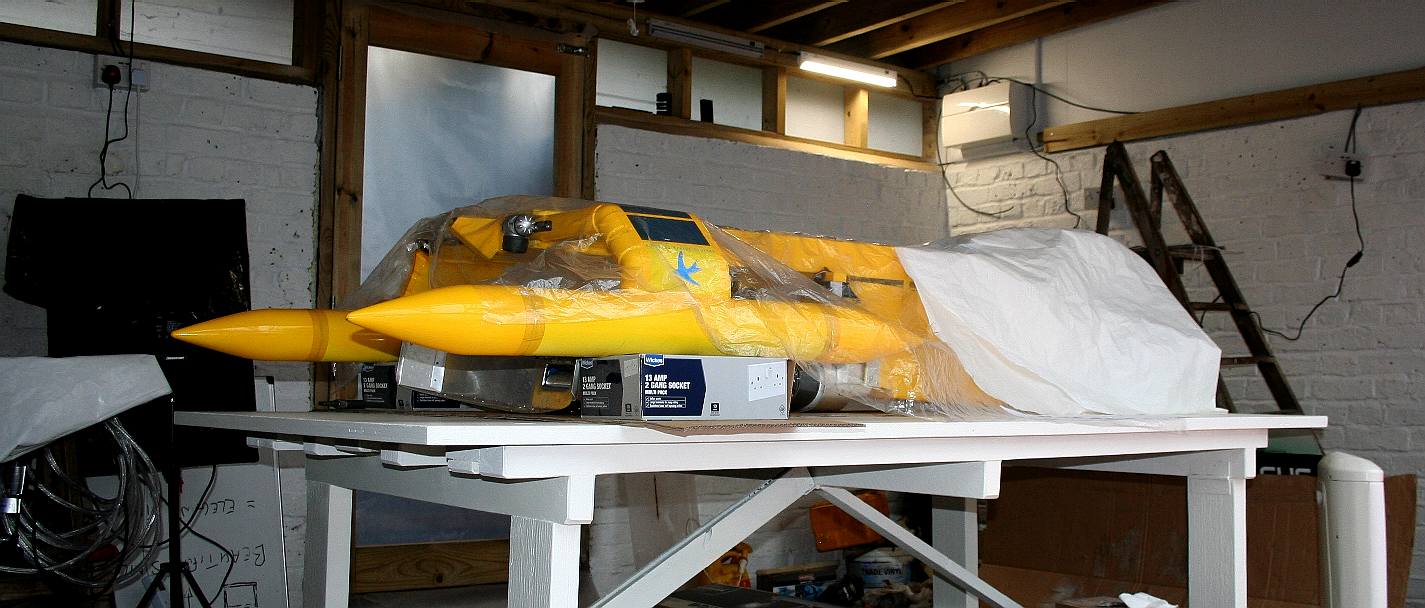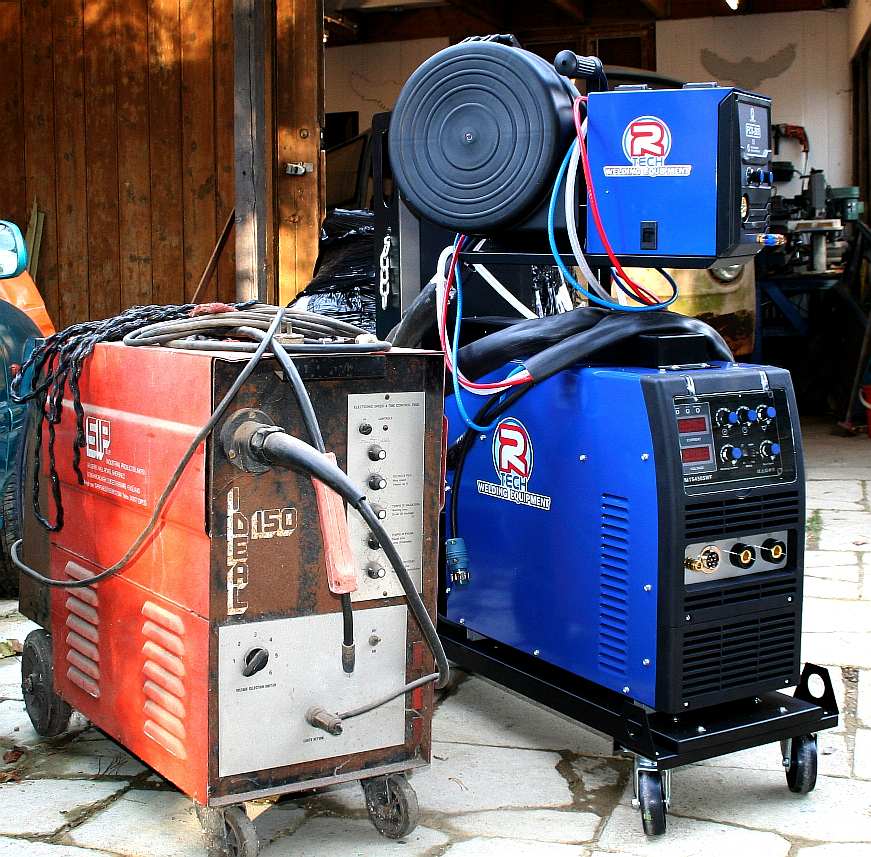|
VW ECO TOUR WAGON
TRANSPORT FACILITIES FOR SHOWS & EVENTS
Please use our A-Z INDEX to navigate this site or return HOME
|
|
A specialist restorer sorted out the final body blending, as the vehicle had all the rusty panel sections replaced. Priming in epoxy, then painting in 2-pack white. Most people restoring a V-dub, go for soft two-tone colours. We needed to keep the scheme plain, to allow for sign writing, or wrapping.
The epitome of eco transport - though in fact quite heavy on the gas - there is nothing like an original German camper van, to make one think of flower power and the swinging 60s. It makes you want to get out the paint pots and decorate the van in vibrant petals, that would make Austin Powers proud.
Cutting our all of the rot. There is no point trying to patch up rust peppered panels. Visitors used to call the van the Pepper-Pot. Most members of the public never restore a vehicle, or pick up a welding torch in anger, thus could never imagine that a rusty VW can be brought back to new condition. Depending on how much time you have to lavish on your wagon.
The Cleaner Ocean Foundation (COF) has use of a 40 year old VW camper (custom modified for safer operation) including slightly wider alloy rims and tyres. This is a rare twin sliding door wagon, T2 bay window, that had one of those ugly steel lips, instead of just a bumper. That had to go. The T2 is a practical vehicle, able to carry an 8'x4' plywood sheet on the inside of the vehicle. With a roof rack, the camper becomes a surfing bus. You just need a surf board and wet suit. Then follow the other V-Dubs down to Cornwall.
WATER TEST TANK - Shown here in November 2022, Now separated by an additional moisture proof partition. This is the water basin that is used to trial scale model hulls, for sea-keeping and drag. Featuring wind making fans that are useful to test roll stability when large solar arrays are deployed.
THE
ROBOT LAB: The robotics laboratory roofed and dry with power and lighting to
enable further development of scale models used for testing, without
taking workshop space that is used for constructing full size
components.
Imagine driving your VW camper, the sun shining, surf board strapped to the roof, window down, and the Mamas and Papas belting out California Dreamin' as the sign for Newquay appears just on the horizon. This is what life is all about. As the swell builds up in Cornwall, you will see processions of VW campers making their way down to
the boarding Mecca. Assorted colours of vans - blue, green, yellow and the
occasional custom painted masterpiece - pass one another on small country roads. Even the most die-hard of cynics can’t suppress a grin. Wishing they were part of the scene.
OLD & NEW - The Ideal 150 from SIP did our welder proud for over 20 years. Before that, he used an Oxford Bantam 180amp stick welder. The machine on the right is the all singing and dancing 450amp, 3-phase machine, with separate (top mounted) spool - and double pinch wheel drives, for continuous welding cycles. You will need decent welding equipment to restore 40 years old vehicles, and keep them in good condition.
The West Country welcomes the VW camper and surfers; they go hand in hand. The increase in numbers indicate a growing culture. Unlike larger campers, the saying ‘small is beautiful’ is absolutely spot on when it comes to the V-Dub bus. Fellow motorists tend to forgive the VW camper as it slowly chugs up a 20% hill in Devon or Cornwall. During the summer months the West Country is full of tourists, but it is mainly in the month of September that serious surfers and fans appear.
Our bus has a 1600 cc engine, with big (stainless steel) valve heads, larger oil pump and silent Bug-Pack exhausts. Hence, it gets a move on, and can tow another vehicle. Try that with a split-screen.
WASH & BRUSH UP - The air cooled 4 cylinder, boxer engine, was designed by Professor Ferdinand Porsche. This one is (again) unusual, because it has an alternator, rather than a dynamo as standard. New tin-ware was enameled in blue and fitted. We also fitted new big-valve cylinder heads, where the studs in the originals has sheared. Our mechanics have a lot of experience between them. Except on battery electric production cars. But, that is high on the agenda.
SURF CRAZY
In September the British National Surf Championships takes place at Fistral beach, Newquay. Enthusiasts head down to the surf, hunting for that special wave which will set their blood rushing and their heart thumping. There is one particular wave known as the Cribbar or the ‘widow maker’; this wave is found just half a mile offshore from Newquay. Once a year, the sea and weather conditions produce a wave which can reach over 30ft. As Britain’s only legitimate big wave surfing spot, this small Cornish town has taken its place in UK surfing folklore – it may not be Hawaii, but you can feel that buzz.
A
BIT OF HISTORY
2 PACK - All nicely cocooned in a protective paint. The windscreens needed to be re-fitted with new rubbers and sealed. Poorly fitting and degraded window rubbers is one of the main causes for bodywork rusting through.
TYPE TWO T2
- CV DRIVESHAFTS, DISC BRAKES
The 1971 Type 2 featured a new, 1.6 L engine with dual intake ports on each cylinder head and was DIN-rated at 37 kW (50 PS; 50 bhp). An important change came with the introduction of front disc brakes and new road wheels with brake ventilation holes and flatter hubcaps. 1972's most prominent change was a bigger engine compartment to fit the larger 1.7- to 2.0-litre engines from the Volkswagen Type 4, and a redesigned rear end which eliminated the removable rear apron. The air inlets were also enlarged to accommodate the increased cooling air needs of the larger engines. We installed a tow-bar that (in-effect) gave us a removable rear apron.
SUMP EXTENSION - Add another litre of oil and more fin cooling, to your air cooled lump. The extra oil is ideal for Grand Tours. Staying cooler means less strain on the oil between changes. There is no oil filter on a VW engine. There is a centrifugal spin and wire gauze. So, it is important to clean the chamber and wire filter. We use thinners to be sure, to remove the grey sludge build up.
In 1971 the 1600cc Type 1 engine as used in the Beetle, was supplemented with the 1700cc Type 4 engine – as it was originally designed for the Type 4 (411 and 412) models. European vans kept the option of upright fan Type 1 1600 engine but the 1700 Type 4 became standard for US spec models.
The 1978 2.0 L now featured hydraulic valve lifters, eliminating the need to periodically adjust the valve clearances as on earlier models. The 1975 and later U.S. model years received Bosch L-Jetronic electronic fuel injection as standard equipment; 1978 was the first year for electronic ignition, utilizing a hall effect sensor and digital controller, eliminating maintenance-requiring contact-breaker points. As with all Transporter engines, the focus in development was not on power, but on low-end torque. The Type 4 engines were considerably more robust and durable than the Type 1 engines, particularly in Transporter service.
|
|
Please use our A-Z INDEX to navigate this site or return HOME
This website is Copyright © 2024 Jameson Hunter Ltd - an equal opportunities company.
|







